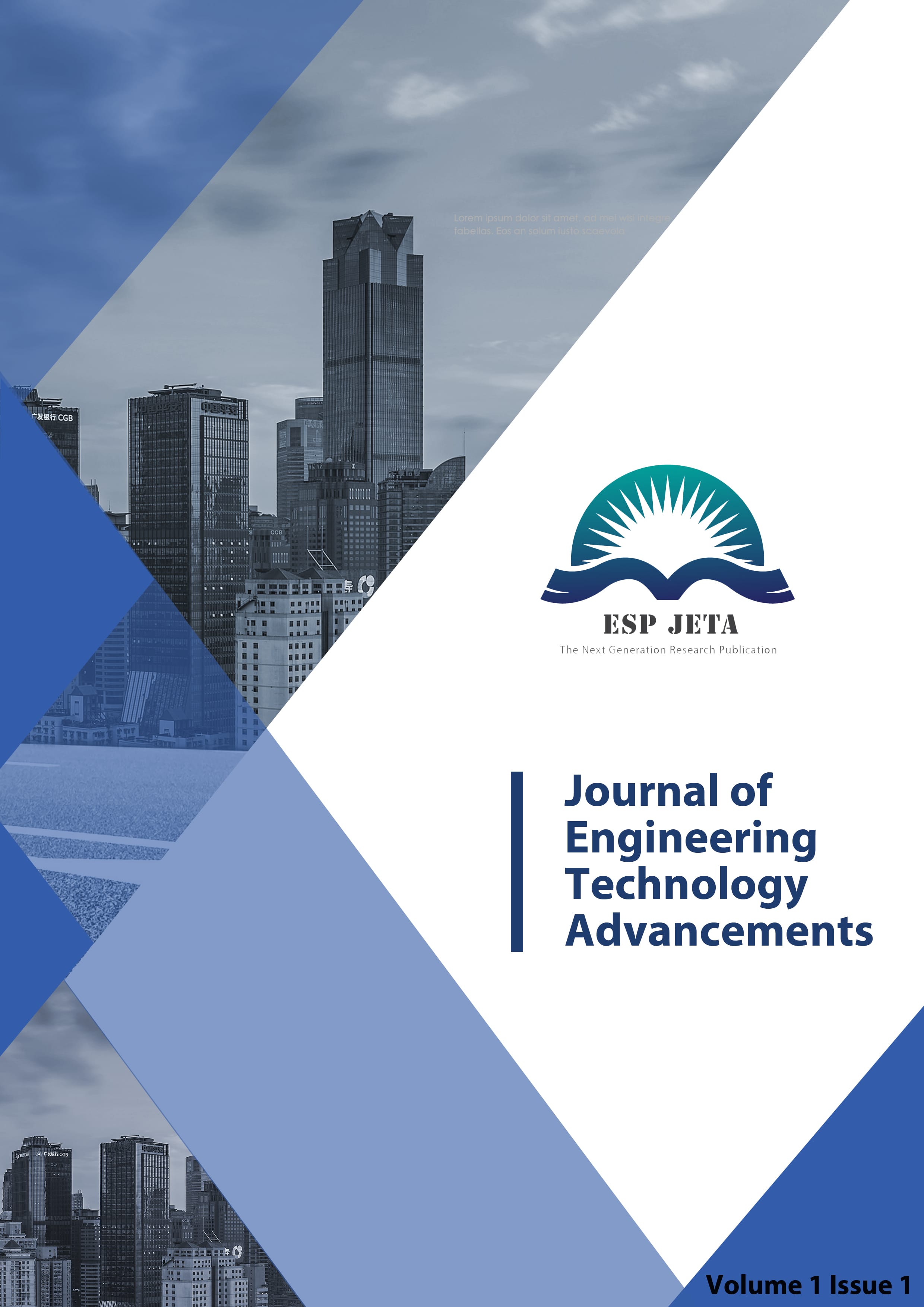AI-Powered Hybrid Framework for Early Warning Signals in Startup Credit Risk Assessment
| ESP Journal of Engineering & Technology Advancements |
| © 2024 by ESP JETA |
| Volume 4 Issue 2 |
| Year of Publication : 2024 |
| Authors : Sandeep Yadav |
 :10.56472/25832646/JETA-V4I2P124 :10.56472/25832646/JETA-V4I2P124 |
Citation:
Sandeep Yadav, 2024. AI-Powered Hybrid Framework for Early Warning Signals in Startup Credit Risk Assessment, ESP Journal of Engineering & Technology Advancements 4(2): 143-148.
Abstract:
Startups pose unique credit risks due to their dynamic business models and limited financial histories, making early detection of potential defaults crucial for lenders. This research presents an AI-powered framework for predictive early warning signals in credit risk assessment, combining traditional and advanced machine learning models. The framework integrates Logistic Regression for baseline interpretability, an ensemble model (e.g., XGBoost) for handling complex feature interactions, and a Recurrent Neural Network (RNN) for analyzing sequential financial data. Robust feature engineering incorporates key indicators like cash flow, revenue growth, and external funding patterns, ensuring data relevance.The framework is evaluated using real-world startup financial data, leveraging metrics such as accuracy, ROC-AUC, and precision-recall to compare model performance. Results demonstrate that ensemble and RNN models significantly enhance predictive power over traditional approaches, while Logistic Regression ensures interpretability for regulatory compliance. By combining explainable methods with high-performing predictive models, this framework enables financial institutions to dynamically monitor startup credit quality, improve decision-making, and mitigate lending risks. This study highlights the potential of hybrid AI models in addressing credit risk challenges in volatile, data-scarce environments.
References:
[1] Basel Committee on Banking Supervision. (2011). Basel III: A Global Regulatory Framework for More Resilient Banks and Banking Systems. Bank for International Settlements.
[2] Breiman, L. (2001). "Random Forests." Machine Learning, 45(1), 5–32.
[3] Friedman, J. H. (2001). "Greedy Function Approximation: A Gradient Boosting Machine." Annals of Statistics, 29(5), 1189–1232.
[4] Hochreiter, S., & Schmidhuber, J. (1997). "Long Short-Term Memory." Neural Computation, 9(8), 1735–1780.
[5] Kingma, D. P., & Ba, J. (2015). "Adam: A Method for Stochastic Optimization." International Conference on Learning Representations (ICLR).
[6] Khandani, A. E., Kim, A. J., & Lo, A. W. (2010). "Consumer Credit Risk Models via Machine-Learning Algorithms." Journal of Banking & Finance, 34(11), 2767–2787.
[7] Goodfellow, I., Bengio, Y., & Courville, A. (2016). Deep Learning. MIT Press.
[8] Sirignano, J., & Cont, R. (2019). "Universal Features of Price Formation in Financial Markets: Perspectives from Deep Learning." Quantitative Finance, 19(9), 1449–1459.
[9] Heaton, J. B., Polson, N. G., & Witte, J. H. (2017). "Deep Learning for Finance: Deep Portfolios." Applied Stochastic Models in Business and Industry, 33(1), 3–12.
[10] Zhang, J., Zhan, Y., & Zhu, Y. (2019). "An LSTM-Based Analysis of Risk Prediction for Credit Scoring." IEEE Access, 7, 154683–154690.
[11] Weng, J., & Lu, M. (2018). "Predicting Default Risk in Peer-to-Peer Lending with Deep Learning." Pacific Rim International Conference on Artificial Intelligence, 909–921.
[12] Bishop, C. M. (2006). Pattern Recognition and Machine Learning. Springer.
[13] van Liebergen, B. (2017). "Machine Learning: A Revolution in Risk Management and Compliance?" Journal of Financial Transformation, 45, 60–67.
[14] Huang, Y., & Zhou, L. (2018). "Credit Risk Prediction in Supply Chain Finance Based on Machine Learning Algorithms." Procedia Computer Science, 139, 264–271.
[15] European Banking Authority. (2017). EBA Report on the Prudential Risks and Opportunities Arising for Institutions from FinTech.
[16] McNeil, A. J., Frey, R., & Embrechts, P. (2015). Quantitative Risk Management: Concepts, Techniques, and Tools. Princeton University Press.
[17] Glasserman, P., & Xu, X. (2014). "Robust Risk Measurement and Model Risk." Quantitative Finance, 14(1), 29–58.
[18] Chawla, N. V., Bowyer, K. W., Hall, L. O., & Kegelmeyer, W. P. (2002). "SMOTE: Synthetic Minority Over-sampling Technique." Journal of Artificial Intelligence Research, 16, 321–357.
[19] Zhang, D., & Shen, D. (2018). "Forecasting Loan Defaults with Machine Learning Models." International Conference on Data Science and Advanced Analytics, 151–159.
[20] Hull, J. C. (2012). Options, Futures, and Other Derivatives (8th Edition). Pearson.
[21] Glasserman, P., & Yang, L. (2016). "Bounding Wrong-Way Risk in CVA Calculation." Journal of Financial Engineering, 3(1), 1–29.
Keywords:
Credit Risk Assessment, Predictive Modeling, Early Warning Signals, Startups, Logistic Regression, Ensemble Models, Xgboost, Recurrent Neural Networks (RNN), Machine Learning, Financial Risk Mitigation, Feature Engineering, Sequential Data Analysis, Credit Default Prediction, Hybrid AI Framework, Lending Risk Management.


